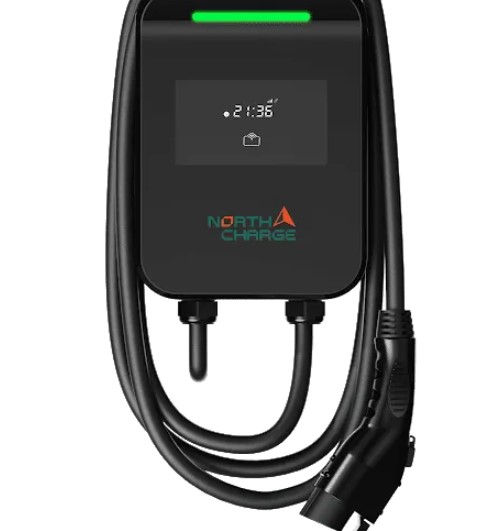Introduction
As the world accelerates towards a greener future, electric vehicles (EVs) are becoming increasingly popular. Alongside the rise in EV adoption, the demand for efficient and high-speed charging solutions is growing. Two prominent options in the world of EV charging are Level 3 EV chargers, also known as DC fast chargers, and AC EV chargers. In this article, we will explore the differences and benefits of these two charging technologies to help you decide which one suits your needs best.
Level 3 EV Charger (DC Fast Charger)
Level 3 EV chargers, also referred to as DC fast chargers, are designed to provide rapid charging to electric vehicles. These chargers use direct current (DC) to quickly replenish an EV’s battery. Here are some key features and benefits of Level 3 EV chargers:
Speedy Charging: Level 3 chargers can deliver a significant amount of power to your EV, allowing for ultra-fast charging times. Depending on your EV’s capacity and the charger’s output, you can add hundreds of miles of range in just 30 minutes.
Ideal for Long Journeys: Level 3 chargers are strategically placed along highways and major routes, making them ideal for long-distance travel. They help reduce range anxiety by enabling quick pit stops for recharging.
Compatibility: While not all EVs are equipped to handle Level 3 charging, many modern models support it. Always check your vehicle’s compatibility before using a Level 3 charger.
AC EV Charger
AC EV chargers, also known as Level 1 and Level 2 chargers, use alternating current (AC) to charge electric vehicles. These chargers are often found in residential areas, workplaces, and public charging stations. Here are some notable features and advantages of AC EV chargers:
Versatility: AC EV chargers come in two levels – Level 1 (120V) and Level 2 (240V). Level 2 chargers offer faster charging than Level 1 but are still slower than Level 3 DC fast chargers. They are suitable for daily charging needs and are compatible with a wider range of EVs.
Home Charging: Level 2 AC chargers are commonly installed at home, providing EV owners with the convenience of overnight charging. This ensures that your EV is fully charged and ready to go each morning.
Cost-Effective: AC charging stations are generally more affordable to install compared to Level 3 DC fast chargers, making them a practical choice for residential and small-scale commercial applications.
Which One Is Right for You?
The choice between a Level 3 EV charger and an AC EV charger largely depends on your specific needs and circumstances:
If you primarily use your EV for daily commuting and have the convenience of charging at home, an AC EV charger (Level 2) is likely sufficient. It’s cost-effective and ensures your vehicle is ready for daily use.
For those planning long trips or lacking home charging options, Level 3 DC fast chargers are essential. They provide rapid charging and are strategically located along highways for convenient travel.
Some EV owners opt for a combination of both chargers. They use AC chargers for daily charging and Level 3 chargers for occasional long trips.
Conclusion
In the world of electric vehicles, the choice between a Level 3 EV charger and an AC EV charger depends on your specific lifestyle and driving habits. Both have their advantages and serve different purposes, so it’s essential to assess your needs before deciding which one is right for you. Whether you prioritize rapid charging for long journeys or convenient overnight charging at home, the EV charging infrastructure continues to expand, offering solutions to meet various requirements.

